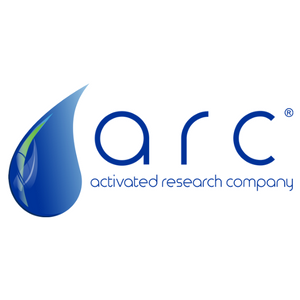Delivering on the Promise of Multidimensional GC Separations for Sample Characterization
with Philip Marriott
About This Meeting
Abstract:
Multidimensional GC separations were first investigated not long after GC was introduced. We celebrated 50 years of the Deans Switch (DS) with a review in TrAC (82 (2016) 35–54); the DS was instrumental in enabling multidimensional gas chromatography, usually through the familiar heart-cut mechanism. We are now entering the 4th decade of GC×GC. Since the first report, in J Chromatogr. Sci., in 1991, GC×GC has been applied to a wide and at times innovative array of applications.
To the converts to GC×GC, the "power" of the technique and the "passion" that it elicits in its users is unmistakable, and justifies their belief in the technique. But there is also a recognition that for all its power and promise for complex sample analysis, the acceptance and penetration of GC×GC in a broad sense into routine volatile chemical analysis laboratories is disappointing. Why is this? A variety of possible reasons have been proffered. Belief that the technique is too difficult; concern that GC users and technologist will require excessive training; questioning its quantitative capabilities and data processing; lack of standard operating procedures; long-term stability and reproducibility. Each one may have some specific validity, but most can also be rebuffed according to the experiences of users.
The most compelling argument for the value of GC×GC is that even experienced GC users will almost always learn something about their samples when applying GC×GC – even it is just recognition of the sheer complexity and apparent multitude of components. A case in point is the observation of chemical / physical effects associated with secondary equilibria in GC. Without GC×GC, the observation may be completely missed, or its interpretation not apparent. A further example relates to environmental analysis, where either target or untargeted analysis may be used. For targeted analysis, there is a real risk of missing pollutants. The same could be said for doping control - measuring only the things you know about runs the risk of ignoring what you are unaware of. Untargeted analysis seems to be the very essence of aspirational environmental analysis. Measuring only a given portion of the volatile chemicals could potentially be a disaster waiting to happen if there are lurking pollutants that are ignored!
We can probably end with the statement – “If you are not using GC×GC, you will never know what you are missing!” And separation multidimensionality? “Suus dignitas is” – It IS worth it!
Speakers
-
Pricing - Registration: Non-Student $0
- Registration: Student $0
-
Event Times - 07:00 PM Executive Committee Meeting
- 07:00 PM Social Hour
- 07:00 PM Dinner
- 07:00 PM Presentation
-
Location
